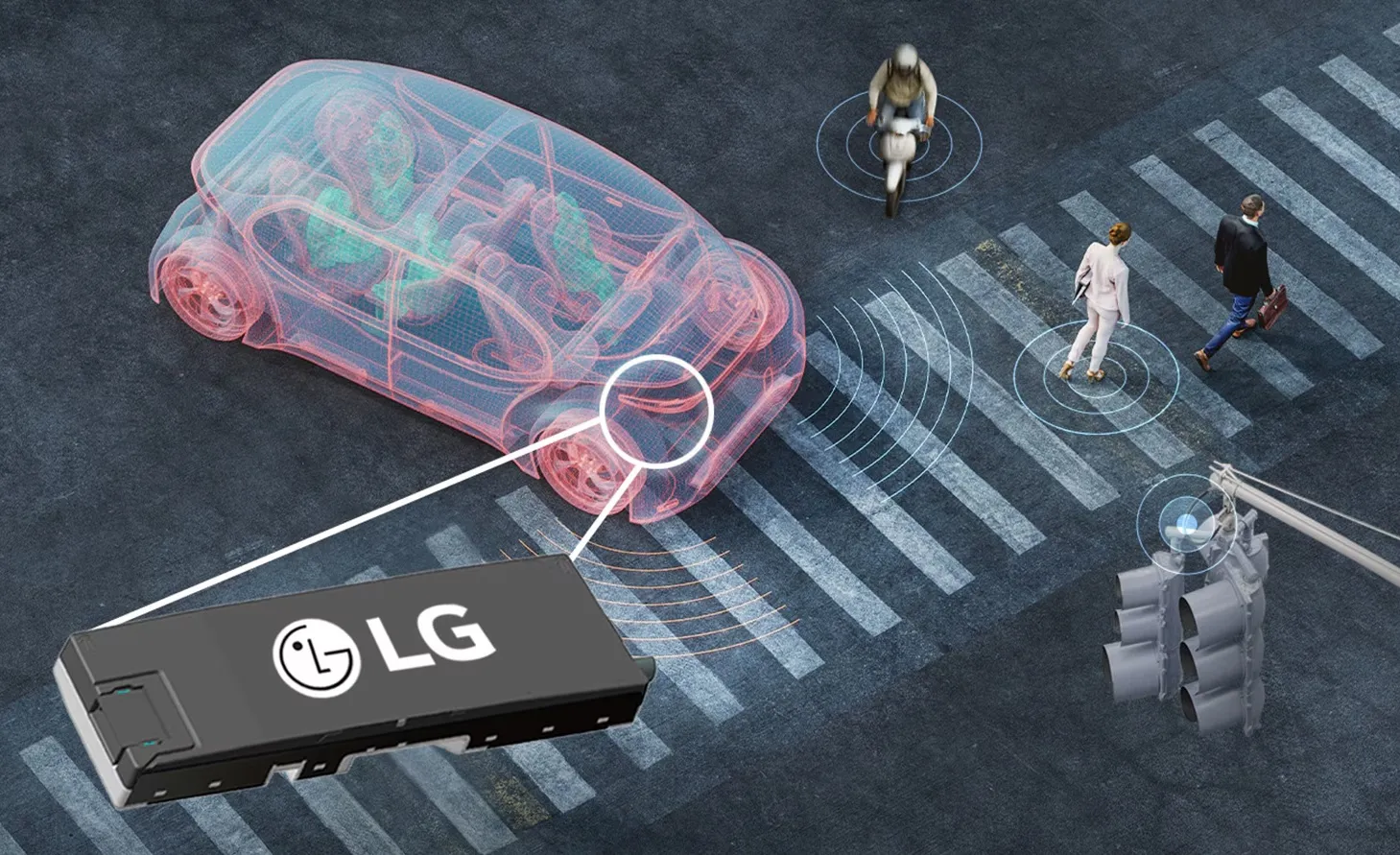Geely says it is working with
At Level 3, the driver can safely turn their attention away from driving tasks while the vehicle handles situations which call for an immediate response. The driver must be prepared to intervene - within some time-limited period specified by the manufacturer - when called upon by the vehicle.
The partnership will allow Geely to add C-V2X and 5G products via Qualcomm’s Snapdragon Automotive 5G Platform, a solution which the companies say will provide the reliable cellular connection coverage required for connected cars and autonomous driving.
Liu Shuangguang, chairman of Gosuncn, says the company will work with Geely to implement the technology certification of high bandwidth and low latency scenarios to launch the cars on schedule.
Zhejiang to launch C-V2X and 5G-enabled vehicles in China
Chinese auto maker Zhejiang Geely Holding Group has entered into a partnership to launch cellular vehicle to everything (C-V2X) and 5G-enabled cars in 2021.
Geely says it is working with Qualcomm Technologies and technology group Gosuncn to offer 5G and C-V2X to select vehicles operating at SAE International Level 3.
At Level 3, the driver can safely turn their attention away from driving tasks while the vehicle handles situations which call for an immediate response. The driver must be prepared to in
March 13, 2019
Read time: 2 mins
Chinese auto maker Zhejiang Geely Holding Group has entered into a partnership to launch cellular vehicle to everything (C-V2X) and 5G-enabled cars in 2021.









